(Part 3 of 3 in our Introduction to SEO for Small Business series)
Hi there! Welcome back to our introduction to SEO for small business series. Earlier, we explored basic search engine optimization principles and covered Six Actionable “On-Site” Tips for small business SEO. Now, we will talk about what can be done online to improve a website’s Google ranking, outside a website. Let’s dive in to our third and final post in this series, “Off-Site” SEO Factors Every Small Business Owner Should Know. (Warning: all examples used in this piece will be for a small business that sells muffin pans!)
Inbound Links
As important as it is to have an up-to-date, error-free, secure and quick loading website that offers a ton of information potential customers will find relevant, it is equally important for the site to have incoming links from other authoritative websites. A link is usually the clickable text seen in a web page’s copy that takes a user from one website to another. When a well-known website links to all lesser-known website, some of that authority will rub off. Google notices when a respected website sends a link to another website. The more respected the site sending the link is, the more credibility the site receiving the link will gain with Google. This becomes factored in Google’s algorithm, therefore making it more likely for the site receiving the link to rank higher in an applicable Google search.
A measurement used in SEO for the relevance of a website is what is called, Domain Authority or DA for short. This is grade between 1 and 100 that essentially deems how important a website is from an SEO standpoint. If a muffin pan company has two links, one from The Food Network (DA 91) and another from a blog called Gimme Some Oven (DA 75), the better of the two links would be the one from The Food Network (it is world famous and has a higher DA). None-the-less, the DA 75 link from a well-followed baking blog would still be a great link. In fact, it’s safe to say that most (non-spammy) links with a DA above 20 will help the SEO of almost any small business. Getting a link is beneficial for two reasons. First, because people visiting those popular websites will be clicking them to come over to your site, which increases your web traffic. Second, because long after those respected industry publications have gone on to cover fresher baking news, the link to your website will remain. Go on and collect more links, and the popularity and relevance of your website will rise in Google’s eyes each time a high-quality link is obtained. This art of tastefully and tactfully getting other websites to link back to your website is called link building. Here are a few popular ways to do this:
• Guest post – Approach publications within your industry that allow thought leaders (such as yourself) to contribute a piece. Let’s say that an online magazine called Bake from Scratch accepted an article written by our muffin pan company on how to successfully bake muffins with gluten-free flour. The piece benefits the magazine’s readers as it explains the ins and outs of a difficult task. But guess what? Included in the guest submission is a link from a DA 37 site back to the muffin pan website. Solid win!
• Product Reviews – Find online publications that review a product like yours; send a sample and request a review. Usually the review will contain a link back to the product site. I would encourage any owner of a company that sells muffin pans to make a list of a dozen baking blogs (is that 13?) with a DA above 20 and contact them in hopes that if a free pan is sent their way, they will review it and include a link.
• Sponsorships – Does your business sponsor any organizations in the community, and if so, do the websites of those organizations link back to your site? Obviously, it is rewarding to help out a worthy cause, but let’s not forget the added benefit of a quality link!
Google My Business
All small business owners should be taking advantage of Google My Business. Its free and offers businesses a great way to improve their online presence, including bettering the chance of appearing in the coveted Google Local 3-Pack. Business owners can keep their services, products, hours, location, images, and contact information up to date. Much of the same information seen in the Google My Business “Knowledge Panel” displayed to the right of the search results on a computer appears atop a smartphone’s search results. This part of a small business’s online visibility allows users to call or get directions to a company even before visiting the website. Google My Business is also where a business owner can manage and respond to their Google reviews.
If your small business doesn’t already have a Google My Business page, set one up. But hold on! Be sure to check if there is already a page for your company that has been created by someone else or generated by Google. Duplicate pages can be confusing and should be avoided. If a page already exists for your company (always check for old addresses), claim and verify it. Check out this ”How To” guide for setting up your GMB page. To a somewhat lesser extent, but still very much worth perusing, is Bing Places (the Microsoft equivalent).
NAP Consistency in Local Business Directories
NAP or Name – Address – Phone consistency is an important element to your business’s search visibility. Very much like Google My Business or Bing Places, there are a multitude of online business listings that will display your company’s information (and link back to your site). Check out HubSpot’s “Ultimate List of 57 Local Directories” to see where to begin. The point of having your company information correct and up-to-date on these directories is not really because users are depending on them, but more so for Google to see your company’s NAP consistently displayed across other various directories and for the backlinks (w/ decent DA) to your site. One of the basic SEO principles we always talk about is the necessity to make things as easy on Google as possible. Do yourself a favor and make all of your other business listings in those various directories show the exact same information as your Google My Business listing. This allows Google to be that much more certain it is sending people to the correct place!
That’s all for now. Thank you so much for checking out our series on SEO for Small Business. We hope you learned something that will help further the success of your small business.

Sam Costanzo
DARCI Creative
Digital Marketing Manager






